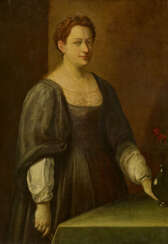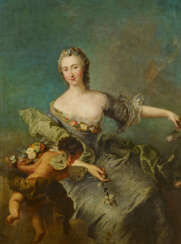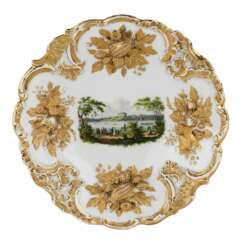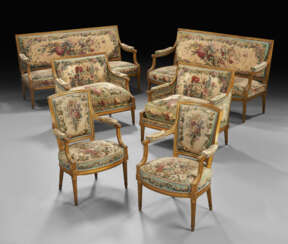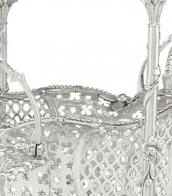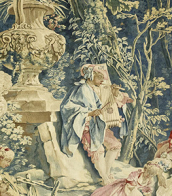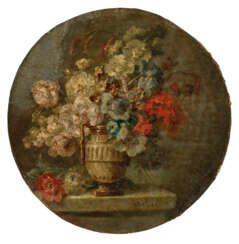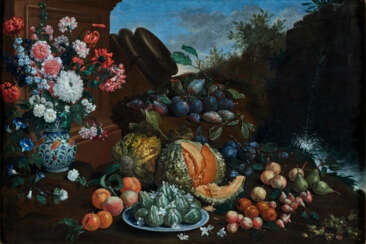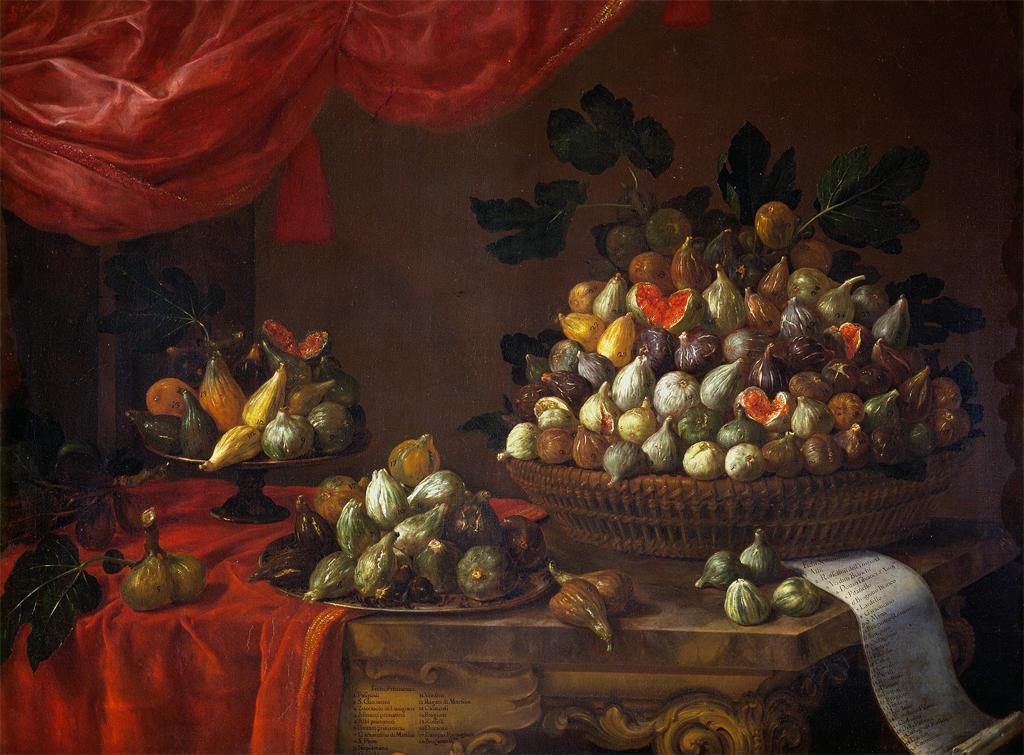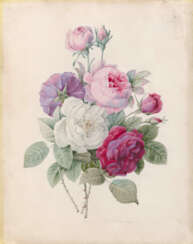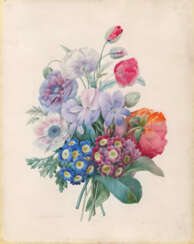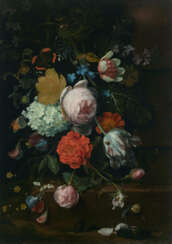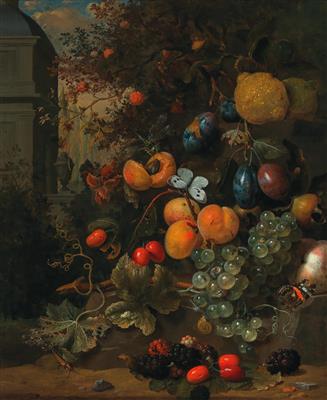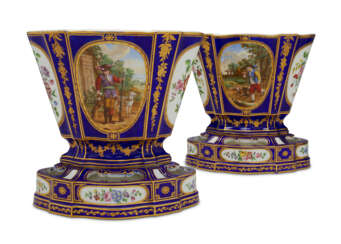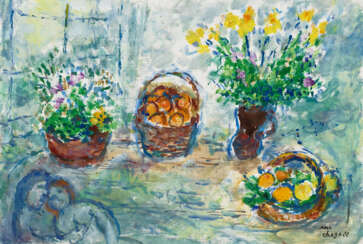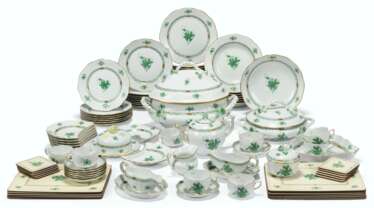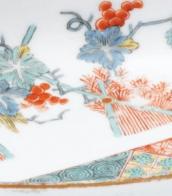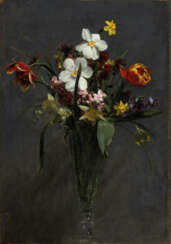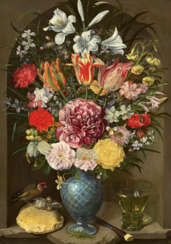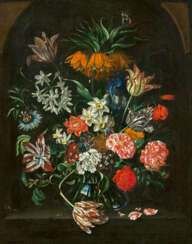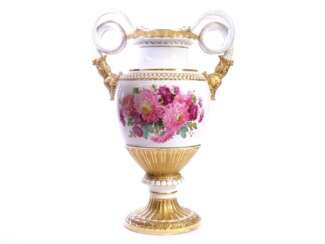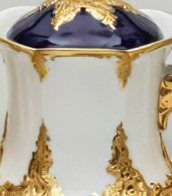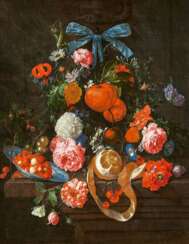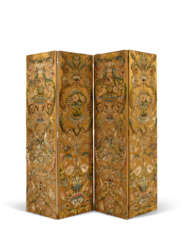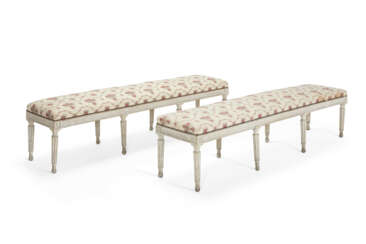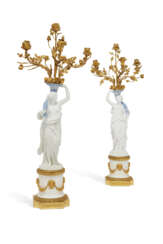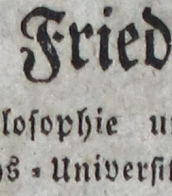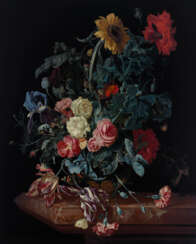bouquet of asters
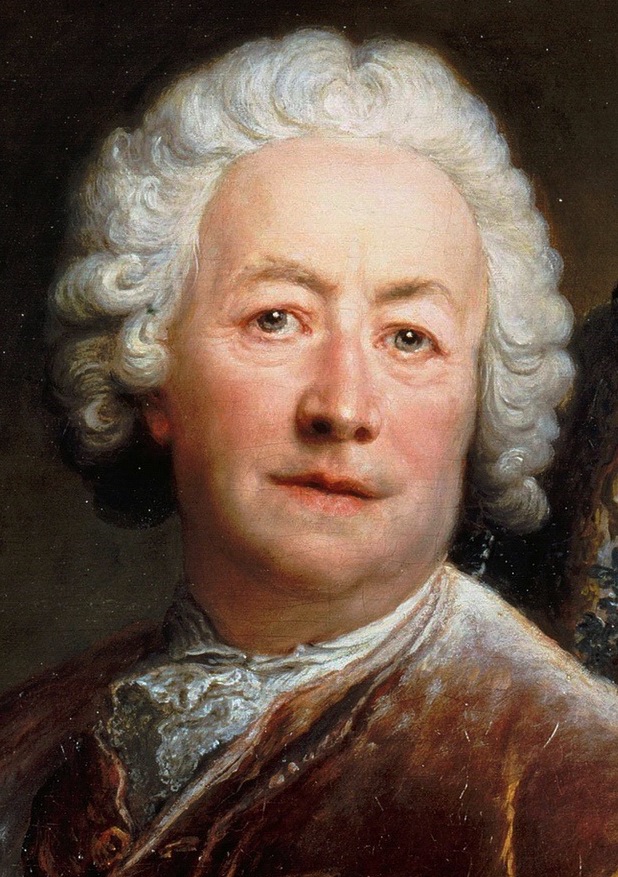
Antoine Pesne was a French and German painter of the first half of the 18th century. He is known as a painter, portraitist and is considered one of the most important representatives of the Friderician Rococo.
Pesne was court painter to three Prussian kings and director of the Prussian Academy of Arts and Mechanical Sciences. Beginning in the Baroque style, he later became one of the fathers of Rococo painting, combining the French school with this style. His decorative works, including mythological and allegorical scenes, adorned buildings in Rheinsberg, Berlin, and Potsdam. Pesne contributed to the spread of French influence on art in the capitals of Europe.


Anne Vallayer-Coster was a renowned French artist, celebrated for her exceptional still-life paintings that captivated 18th-century art enthusiasts, including the French Queen Marie Antoinette. Born into an artistic family in 1744, Vallayer-Coster's talent was evident early on, leading to her unanimous election into the prestigious Académie Royale at just 26 years old. Her works, characterized by their vibrant color, meticulous detail, and textural precision, often depicted bowls of fruit, game, shells, and flowers, showcasing the opulence of French aristocracy before the Revolution.
Vallayer-Coster's career was notable not only for her artistic achievements but also for her ability to navigate the male-dominated art world of her time. Despite the societal constraints on women artists, she gained the patronage of influential figures like Marie Antoinette and was one of the few women admitted to the Royal Academy of Painting and Sculpture. Her work received critical acclaim at the Salon, where she exhibited regularly from 1771 until 1817, and her still-lifes were praised for their sensuality, illusionistic perfection, and the rich, indulgent luxury they portrayed.
One of Vallayer-Coster's most ambitious works, Still Life with Flowers in an Alabaster Vase and Fruit (1783), exemplifies her unparalleled skill in capturing the soft textures of flowers and their harmonious arrangement. This masterpiece was hailed as such at the Salon of 1783 and is considered by Vallayer-Coster herself as her finest painting. Lost for nearly two centuries, it was recently rediscovered in an almost pristine state and is now part of the National Gallery of Art's collection, highlighting Vallayer-Coster's significant contributions to European art history.
Throughout her career, Vallayer-Coster produced more than 120 still lifes, always with a distinctive brilliance in color, earning her a place among the elite artists of her time. Despite facing challenges during the French Revolution due to her close association with the monarchy, she continued to exhibit her work and contribute to the art world until her death in 1818.
For collectors and experts in art and antiques, Anne Vallayer-Coster's legacy is a testament to her skill, resilience, and the impact of her work on the history of art. To stay updated on new product sales and auction events related to Anne Vallayer-Coster, sign up for updates that focus solely on this exceptional artist's contributions to the art world.




Anthony Claesz the Younger was a Dutch painter who worked on floral still lifes during the Golden Age of Dutch painting.
Anthony Claesz's paintings are generally constructed with great attention to detail, and he was particularly adept at depicting the play of light and shadow on reflective surfaces.
During his lifetime, Anthony Claesz the Younger was highly respected and was a member of the St. Luke's Guild in Amsterdam. His work can be found in many museums and galleries around the world, including the Rijksmuseum in Amsterdam, the National Gallery in London and the Metropolitan Museum of Art in New York.

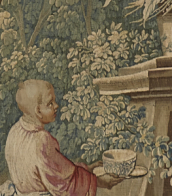

Marc Chagall (Russian: Марк Заха́рович Шага́л), born Moishe Shagal in 1887 near Vitebsk, Belarus (then part of the Russian Empire), was a Belarusian and French artist celebrated for his pivotal role in the avant-garde movement and his unique integration of Eastern European Jewish culture into modern art. His contributions spanned several artistic formats including painting, stained glass, stage sets, ceramics, tapestries, and fine art prints. Chagall's early modernist tendencies were enriched by his experiences across Saint Petersburg, Paris, and Berlin before World War I, leading to a distinctive style that melded Cubism, Symbolism, and Fauvism with his Jewish heritage.
Chagall's work is recognized for its emotional depth, often exploring themes of love, memory, and Jewish folklore through vibrant colors and dreamlike imagery. Notably, art critic Robert Hughes described him as "the quintessential Jewish artist of the twentieth century," a sentiment echoed by art historian Michael J. Lewis who regarded Chagall as a significant figure within European modernism and as the world's preeminent Jewish artist of his time.
Among Chagall's famed contributions are his stained-glass windows for the cathedrals of Reims and Metz, the UN, and the Jerusalem Windows in Israel. His monumental paintings include parts of the ceiling of the Paris Opéra and works that explore biblical themes, a hallmark of his oeuvre that underscores his enduring engagement with spiritual and religious motifs.
For art collectors and antiques experts, Chagall's works are notable not only for their artistic innovation but also for their rich cultural and historical significance. His art is housed in many prestigious museums worldwide, including the Marc Chagall National Museum in Nice, France, which focuses on his works inspired by religion and houses the series of paintings illustrating the biblical message.
For those interested in exploring Chagall's legacy and the vibrant intersection of culture, art, and history his work represents, signing up for updates on new product sales and auction events related to Marc Chagall can provide invaluable insights and opportunities. This is an invitation to engage more deeply with the world of art and culture that Chagall so uniquely encapsulated in his work.

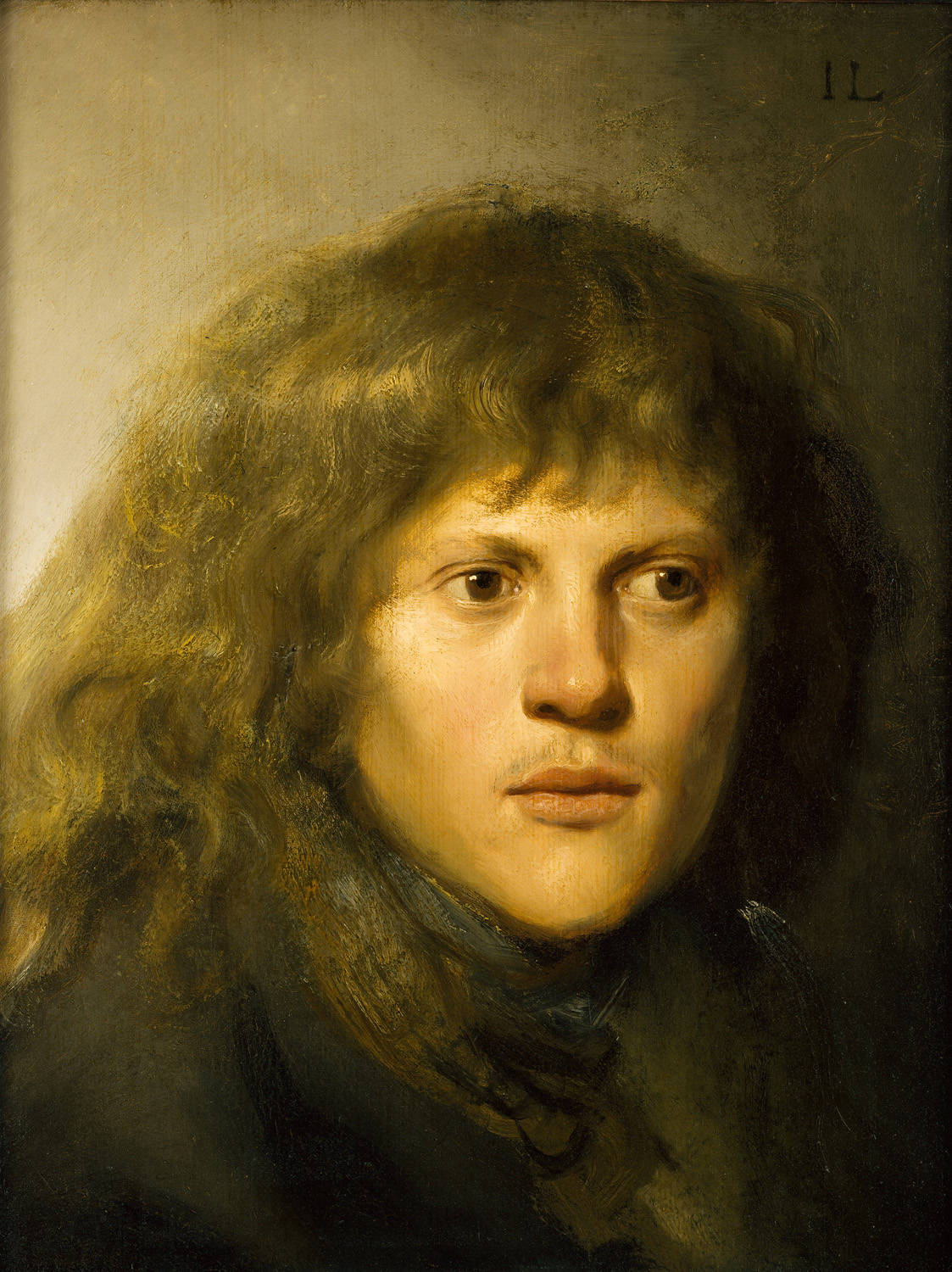
Jan Lievens was a Dutch painter, draughtsman, and engraver of the Golden Age and a member of the Guild of St. Luke in Antwerp.
It is known that while still very young, at the age of twelve, Lievens already created skillful paintings that amazed art lovers of Leiden. He was later friendly with Rembrandt, shared a studio with him, and painted in a similar style. Lievens was also a court painter in England and elsewhere.
Jan Leavens created genre scenes, landscapes, ceremonial portraits and sketches on various themes, as well as religious and allegorical images, which were already highly valued during his lifetime.

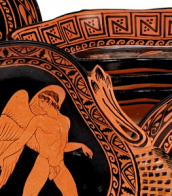
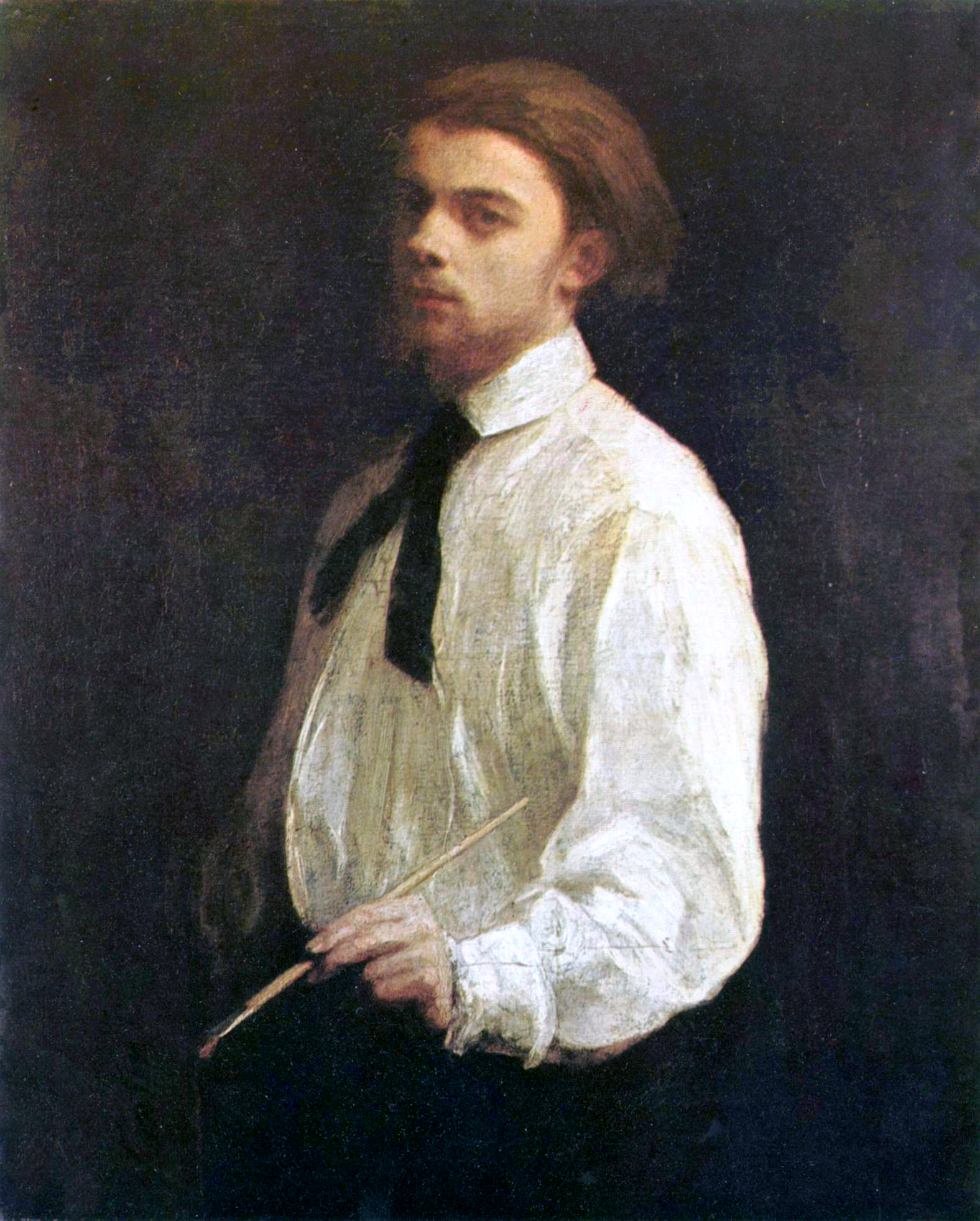
Henri Fantin-Latour was a French painter and lithographer renowned for his exquisite flower paintings and insightful group portraits of Parisian artists and writers. His artistic journey began in Grenoble, where he was born in 1836, but it flourished in Paris, where he moved at a young age to study art. Despite his associations with Impressionists like Édouard Manet and Claude Monet, Fantin-Latour carved his unique path, focusing on still life and portraiture rather than adopting the Impressionist style.
Henri Fantin-Latour's knack for capturing the essence of his subjects is evident in his group portraits, which were not just mere representations but insightful depictions of the artistic and literary circles of his time. His notable works like "A Studio at Les Batignolles" illustrate the camaraderie among artists like Manet, Renoir, and Monet, offering a window into the vibrant Parisian art scene of the 19th century. His still lifes, particularly his flower paintings, are celebrated for their realism and delicate precision, making them a favorite among collectors and art enthusiasts.
In addition to his painting, Henri Fantin-Latour's lithographs, inspired by classical music and imbued with a poetic and symbolic quality, reveal another dimension of his talent, showcasing his ability to transcend the boundaries of realism and delve into the realm of imagination.
For art collectors and experts, Henri Fantin-Latour's works offer a blend of technical mastery and a deep understanding of the interplay between art, music, and literature. His contributions to the art world are remembered and celebrated in museums around the globe, where his works continue to inspire and captivate audiences.
For those interested in exploring more about Henri Fantin-Latour's life and works, visiting exhibitions or keeping abreast of auctions featuring his art can provide valuable insights into his creative genius. To stay updated on related events and opportunities, consider subscribing to updates from art institutions or galleries specializing in 19th-century French art.

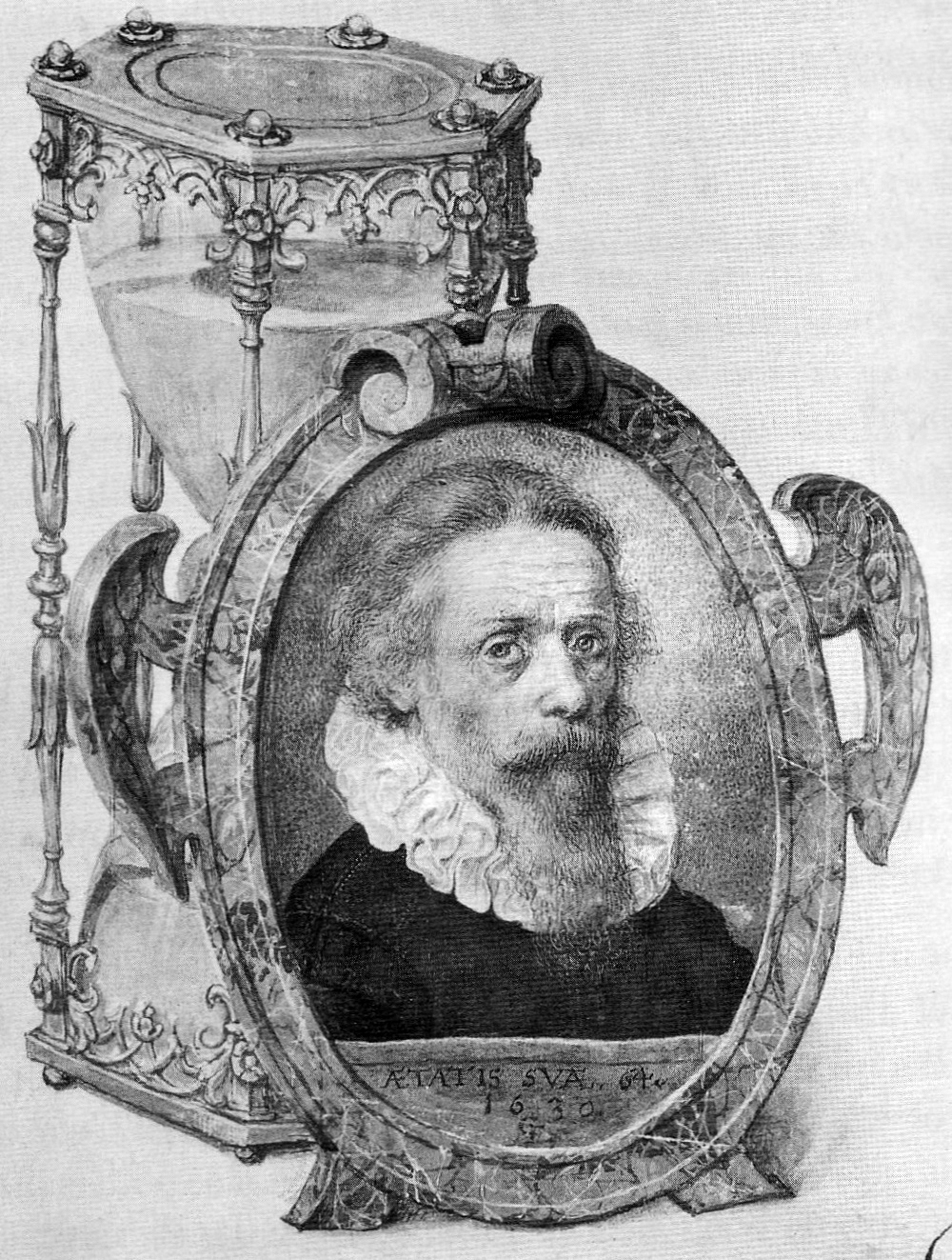
Georg Flegel was a German painter, best known for his still-life works.
According to the RKD he was pupil of Lucas van Valckenborch in Linz during 1582-1592. In a period of about 30 years (c. 1600–1630), he produced 110 watercolor and oil pictures, mostly still-life images which often depicted tables set for meals and covered with food, flowers and the occasional animal.

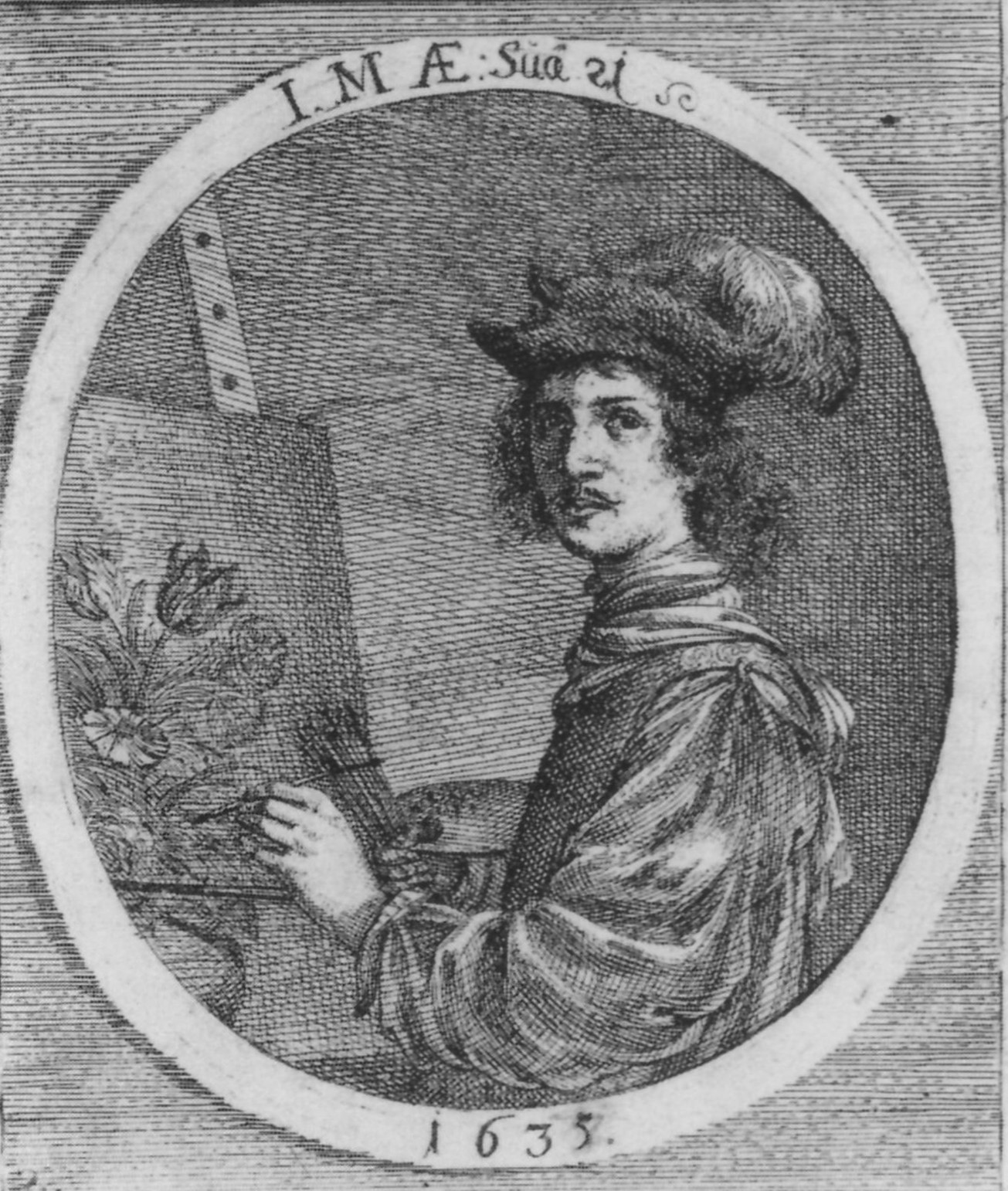
Jakob Marrel was a German still life painter active in Utrecht during the Dutch Golden Age.


Anne Vallayer-Coster was a renowned French artist, celebrated for her exceptional still-life paintings that captivated 18th-century art enthusiasts, including the French Queen Marie Antoinette. Born into an artistic family in 1744, Vallayer-Coster's talent was evident early on, leading to her unanimous election into the prestigious Académie Royale at just 26 years old. Her works, characterized by their vibrant color, meticulous detail, and textural precision, often depicted bowls of fruit, game, shells, and flowers, showcasing the opulence of French aristocracy before the Revolution.
Vallayer-Coster's career was notable not only for her artistic achievements but also for her ability to navigate the male-dominated art world of her time. Despite the societal constraints on women artists, she gained the patronage of influential figures like Marie Antoinette and was one of the few women admitted to the Royal Academy of Painting and Sculpture. Her work received critical acclaim at the Salon, where she exhibited regularly from 1771 until 1817, and her still-lifes were praised for their sensuality, illusionistic perfection, and the rich, indulgent luxury they portrayed.
One of Vallayer-Coster's most ambitious works, Still Life with Flowers in an Alabaster Vase and Fruit (1783), exemplifies her unparalleled skill in capturing the soft textures of flowers and their harmonious arrangement. This masterpiece was hailed as such at the Salon of 1783 and is considered by Vallayer-Coster herself as her finest painting. Lost for nearly two centuries, it was recently rediscovered in an almost pristine state and is now part of the National Gallery of Art's collection, highlighting Vallayer-Coster's significant contributions to European art history.
Throughout her career, Vallayer-Coster produced more than 120 still lifes, always with a distinctive brilliance in color, earning her a place among the elite artists of her time. Despite facing challenges during the French Revolution due to her close association with the monarchy, she continued to exhibit her work and contribute to the art world until her death in 1818.
For collectors and experts in art and antiques, Anne Vallayer-Coster's legacy is a testament to her skill, resilience, and the impact of her work on the history of art. To stay updated on new product sales and auction events related to Anne Vallayer-Coster, sign up for updates that focus solely on this exceptional artist's contributions to the art world.

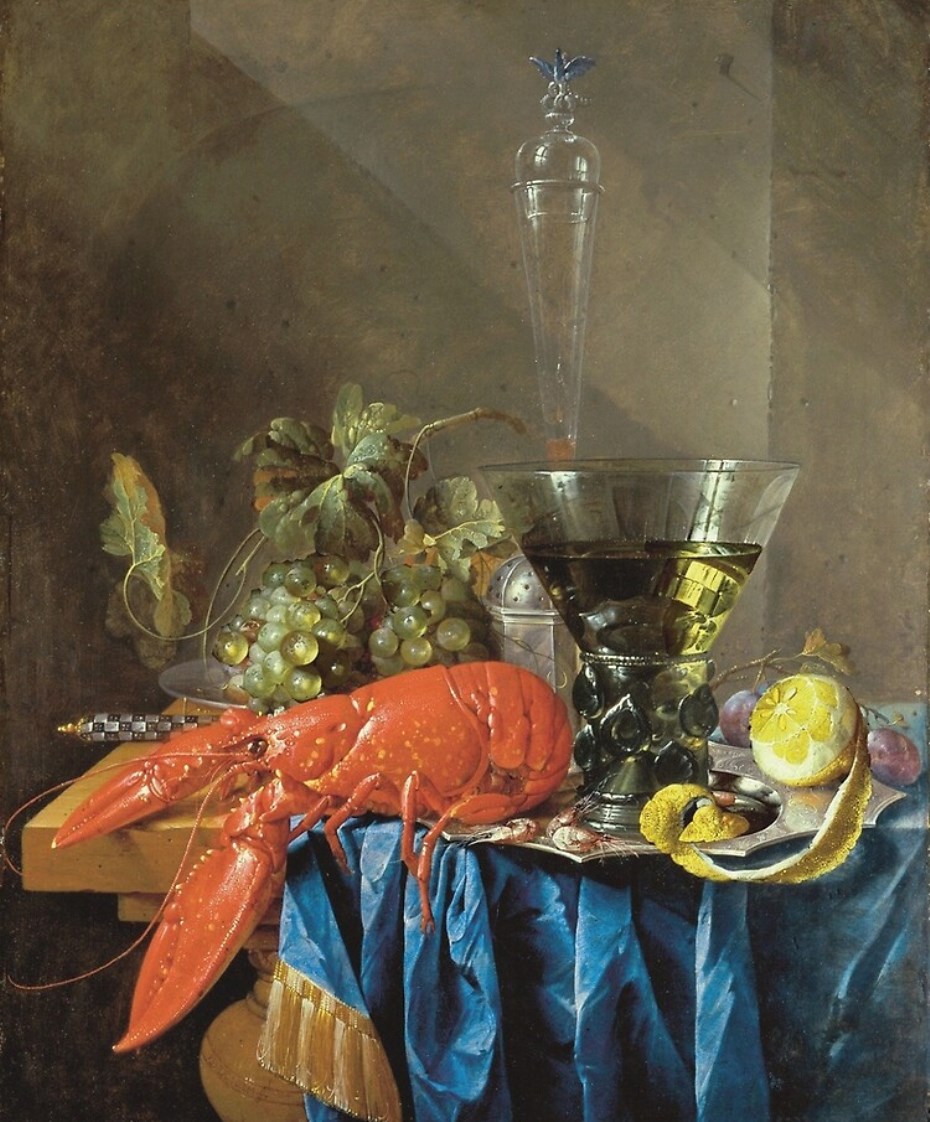




Willem van Aelst was a Dutch Golden Age artist renowned for his exquisite still-life paintings featuring flowers, game, and various objects that exemplify the era's opulent lifestyles. Born into a family of city magistrates in Delft, Willem van Aelst trained under his uncle, Evert van Aelst, and became a master in the Guild of Saint Luke at Delft. His career spanned various European cities, including a significant period in Florence as court painter to Ferdinando II de' Medici, Grand Duke of Tuscany, where he was awarded a gold chain and medal for his artistic prowess. The artist signed his paintings with the nickname "Vogelverschrikker" (bird scarecrow), which later became his pseudonym.
Willem van Aelst's contributions to still-life painting were significant, with his works being characterized by intricate attention to detail, use of light and texture, and a mastery in depicting the surfaces of various materials, from the softness of petals to the sheen of metal objects. His paintings often feature elegantly arranged compositions of fruits, flowers, and hunting trophies, set against dark backgrounds that enhance their vivid detail and realism.
His works can be found in prestigious collections worldwide, including the Palazzo Pitti in Florence, the Koninklijk Museum voor Schone Kunsten in Antwerp, the Mauritshuis in The Hague, and the Museo Thyssen-Bornemisza in Madrid. These paintings not only showcase Willem van Aelst's technical skill but also reflect the cultural and aesthetic values of his time, making them invaluable to both historians and art collectors.
Van Aelst's legacy includes teaching notable artists like Rachel Ruysch and Maria van Oosterwijck, highlighting his influence on subsequent generations of still-life painters. Despite his death in 1683, his artistry continues to be celebrated for its elegance and refinement, capturing the essence of the Dutch Golden Age for modern audiences to appreciate.
For collectors and experts in art and antiques, Willem van Aelst's work represents a pinnacle of still-life painting, offering a window into the richness of 17th-century Dutch culture and aesthetics. His pieces are a testament to the enduring beauty and complexity of still-life compositions, making them a prized addition to any collection.
To stay informed about new discoveries and opportunities related to Willem van Aelst's works, including sales and auction events, sign up for updates. This subscription will ensure you remain connected to the vibrant world of Dutch Golden Age art, with a focus on van Aelst's contributions and legacy.

